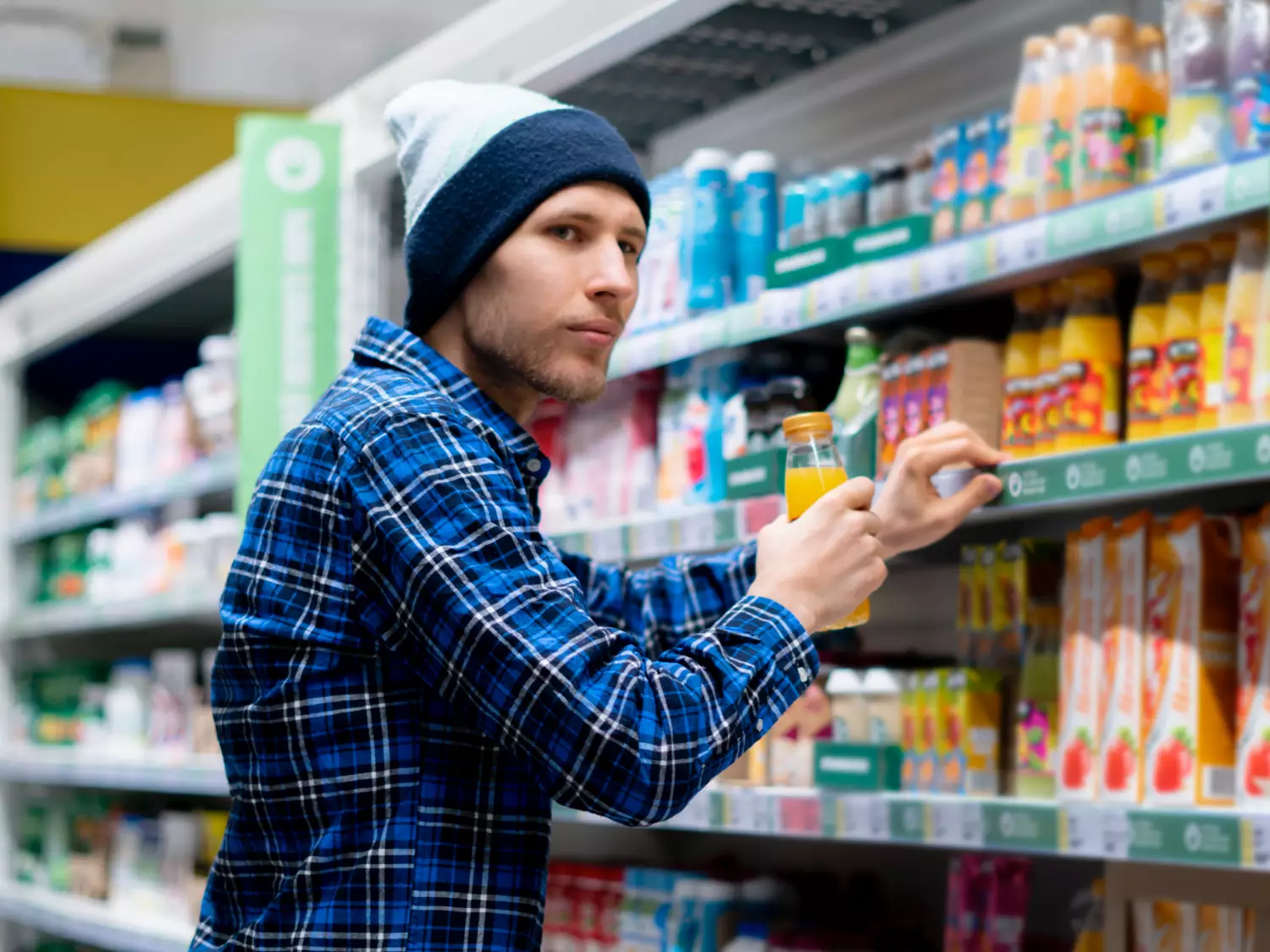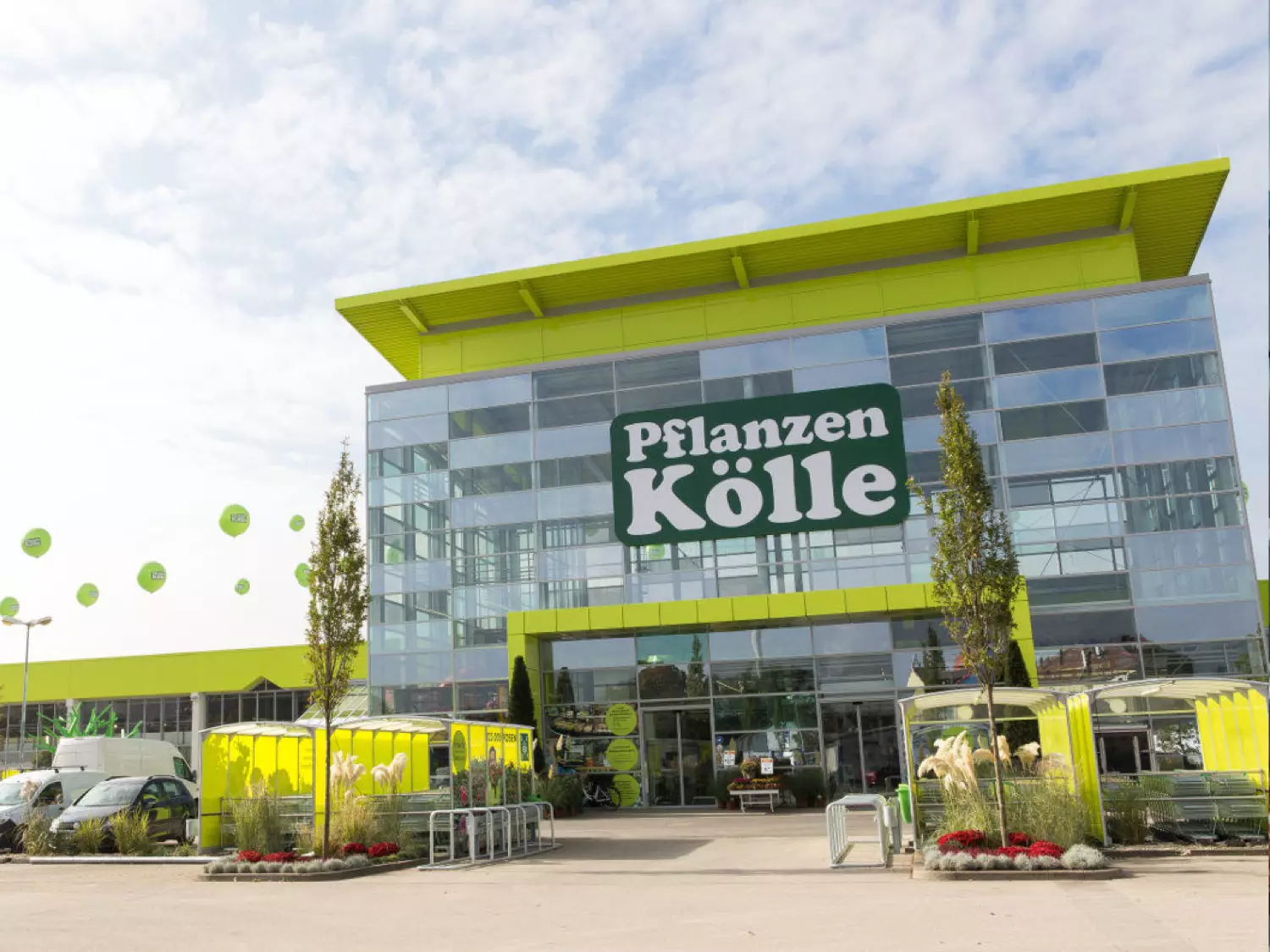Does Scan & Go Pave The Way For Theft?
As we move into the scan-&-go era of retail, the ambiguity surrounding inventory discrepancies is also increasing. Can inventory differences still be specifically allocated? Retailers are asking themselves whether self-scanning and self-checkout technologies are opening the door to thieves. We, too, are constantly looking at ways of making the scan & go experience even safer for retailers and customers. As a partner of the EHI Retail Institute e. V., a research and educational institute for the retail industry, we draw on their studies to drive the theft prevention of the Snabble platform.
A Look At The Facts
The EHI Study On Inventory Difference 2020
Inventory differences are nothing new for retailers - it's just that they're on the rise that's causing a stomachache. According to a projection for the entire German retail sector, inventory losses increased from 4.3 to 4.4 billion euros when comparing 2018 and 2019. Added to this are security measures taken by retailers of around €1.45 billion annually. Retailers invest in article security measures, camera surveillance, detective operations, test purchases and training measures, as well as other security measures such as theft-inhibiting sales carriers or software analysis tools for data evaluation. The sum of inventory difference and its prevention thus amounts to 5.85 billion euros in 2019.
Inventory discrepancies can be caused by more than just customers. Because employees, service staff and suppliers also have a considerable share in the amount of damage that occurs each year. Employees are said to incur a loss of 950 million euros, and suppliers and service staff a loss of 360 million euros. However, the focus is on losses due to theft by end customers. According to estimates by retail experts, this amounts to around 2.44 billion euros.
Shoplifting Associated With Self-Checkout Systems
The EHI Retail Institute published a white paper in December 2020 to relate inventory discrepancies and shoplifting to self-checkout systems. The Self-Checkout Initiative is a part of the Institute, aims to provide information to help retailers decide and implement a self-checkout solution on a neutral basis. Accordingly, well-known retailers were asked to comment regarding a correlation between inventory discrepancies and self-checkout systems.
The results of the survey were very positive with regard to theft rates. Over 85% of the retail companies surveyed confirmed that inventory discrepancies or thefts are not higher or significantly higher than usual. Respondents also believe that commercial offenders use attended checkouts or avoid any checkouts due to the high volume of merchandise. According to some retailers, even the theft rate is falling.The reason for this is the transfer of responsibility of the complete registration and payment of the items to the customer.
Act Executions At SCO Cash Registers
"The customer who wants to cheat doesn't put the merchandise on the belt in the first place," said one participant in the self-checkout initiative survey. Even human-staffed checkouts don't change that. Basically, the execution of the crime at SCO checkouts can be divided into different variants.
In the case of non-scanned or incompletely scanned goods, this can be attributed to leaving them lying in the shopping basket or cart. In addition, items are held in the hand or placed on the shelf without being scanned and packed directly into the bag.
When items are only partially scanned, it means that individual items are scanned instead of bundles. An example is scanning a single bottle instead of a six-pack. Instead of a shopping bag, thieves place items on the checkweigher or scan the merchandise only for appearances. This involves covering the bar code with the hand or passing it by the scanner.
Scanning a cheaper item also appears to be an option to steal items in the SCO area. This includes incorrectly entering a quantity, oversticking a bar code, scanning a cheaper item twice, bar code swapping for items of equal weight, or using piece items instead of GTIN.
In addition to other manipulations such as using coupons multiple times, the entire shopping cart may not be paid for. Items are scanned but not paid for when leaving the store. Paying for items with an uncovered Girocard can also give the appearance of a paid receipt.
In the area of mobile self-scanning via handheld scanner or app, the same possibilities for manipulation occur. Added to this is the possibility of being able to cancel items at any time. However, multiple scanning of coupons or vouchers is eliminated. Unintentional theft can also occur during the self-scanning process.
Preventive Measures
In addition to the crime details, the survey summarizes security measures used to prevent theft at the SCO. Merchants rank visual inspection during the registration and payment process as one of the most important measures to prevent shoplifting. A physical presence of the SCO employee initially signals helpfulness to honest customers. Dishonest customers may be deterred from misconduct by radiated authority and vigilance. The employee has a high level of responsibility, performing both service and security duties. The self-checkout initiative outlines the SCO employee's duties as follows:
- Visual check for complete registration of all purchases
- Visual check for completed payments; often signaled by release of SCO station (green)
- Age checks on age-restricted products
- Removal of article surveillance
- Voucher inspection
- Sight check when redeeming industrycoupons: checkout only checks validity period and product purchase, multiple use is not detected
- Visual checks when redeeming deposit coupons
- Capture of price-reduced items or entry of the price reduction; check MHD discounts, if not stored in the system
- Control that not two receipts are generated
It is easy to see that an SCO supervisor must observe many processes - at multiple SCOs at the same time to boot. However, employee training initially focuses on technology and customer outreach. Theft prevention is given lower priority. Supporting security services in the precheckout areas, however, are rarely used.
To increase employee awareness of self-scanning payments, retailers conduct test purchases at SCO checkouts and mystery shopping at attended checkouts. Any errors found are then addressed through training.
In fact, some companies report that the amount of damage caused by theft at SCOs has so far been too low to justify training.
Differences Between Theft In Mobile Self-Scanning And Attended Checkouts
Inventory differences comparing mobile self-scanning and attended checkouts cannot be determined across the board. They are caused by a variety of factors. Personnel, assortment and its changes, location factors, security measures and organizational changes have major influences.
As already discussed at the beginning, not all inventory differences can be attributed to shoplifting. According to the current EHI survey, an average of 55% of the inventory differences identified are attributable to classic shoplifting. Nevertheless, inventory differences are considered a benchmark for theft assessment.
The survey found that 60% of SCO stores have a higher inventory difference than the corporate average. However, the remaining 40% of SCO stores report a significantly lower inventory loss than the corporate average. Accordingly, SCO checkouts result in at most a slightly higher inventory difference. This is confirmed by well-known retail companies:
Inventory differences do not show any significant differences so far, they are within the scope of usual fluctuations." and "We do not see any differences when comparing inventory differences of stores with and without SCO, it is about par in our case.
The theft assortment that is stolen through self-checkout is similar to that of attended checkouts. In food retailing, spirits, tobacco products, razor blades, cosmetics and perfume are often taken without prior payment.
Summary
Self-checkout security concepts are still in their infancy. Retailers are still testing ways to minimize inventory discrepancies while giving customers the greatest possible freedom. Checking the shopping cart a second time is still a small intrusion into his privacy. Nevertheless, the results of the survey are extremely positive. EHI summarizes its survey in the following points:
- No increased inventory differences in around 85% of all stores
- No increased attacks at SCO checkouts
- Low error rates at SCO checkouts
Shoplifting rates, according to the Self-Checkout Initiative survey, are not significantly higher than at attended checkouts. In a short-term outlook, several developments can be seen in the area of security investments: Customer checkout screens and exit gates at SCO zones are on the rise. The option of viewing cash register data is increasing. SCO personnel remain as a core component of all security systems.
With Great Power Comes Great Responsibility
With these words, Stan Lee sent his superhero Spider-Man on his way in 1962. We, too, are aware that we have a responsibility to our dealers and partners. That's why we are always working on better ways to keep theft to a minimum. Already, we offer our merchants a wide variety of ways to monitor and control purchases.
The EHI survey shows that staff in SCO areas are pretty much irreplaceable - not only to minimize theft, but also to provide even better customer service. We want to make it as easy as possible for staff to master the task-scissors between security and customer service.
That's why we offer the Snabble Checkout Supervisor to our merchants and their staff as a support tool. The Checkout Supervisor gives staff control and overview. As a web application, this software is device-independent and can be used on any hardware. SCO personnel can, for example, re-scan the customer's shopping cart to check its completeness. In addition, the software gives control recommendations for certain articles or shopping carts based on previously analyzed data. Payment or manual age approvals can be set for individual items. The Checkout Supervisor can also be used to administer self-service checkouts.
The Checkout Supervisor simplifies the monitoring of the SCO area in retail. Employees can be relieved and focus more specifically on customer service.
The problems highlighted by multiple scanning of coupons or discounts are eliminated by using the Snabble app. Snabble also offer merchants the ability to provide their customers with customized and situation-specific coupons. Thus, there is no double scanning.
Outbound management is among another starting point to minimize theft opportunities. Snabble offers the following solutions:
- Exit with an SCO
- Exit with a gate and payment terminal
- Exit with a simple gate
- An open exit area with as well as without employees
In this area, we cooperate with hardware suppliers such as Wanzl, Pan Oston and Pyramid.
Snabble Learnings
What do the findings of the inventory difference study and whitepaper teach us? As a provider of a platform for Scan & Go, we take any newfound information as an opportunity to optimize our service. On a positive note, we found that the inventory discrepancy rate between staffed checkouts and SCO is not significantly different.
Nevertheless, we are aware of the problems. Employee training is given low priority. As a service provider, we therefore see it as our duty to make the Checkout Supervisor as intuitive to use as possible. The functions should be numerous and yet clear, offering security not only to the merchant but also to the customer.
Even we cannot put a stop to professional thieves. However, we give merchants, with a scan & go integration with Snabble, various preventive measures to hand and develop security concepts with which merchants feel comfortable.
Share this
You may also like
These related stories

Scan & Go Theft Prevention

Pflanzen-Kölle - Scan & Go For Plants, Garden Supplies And Garden Furniture
